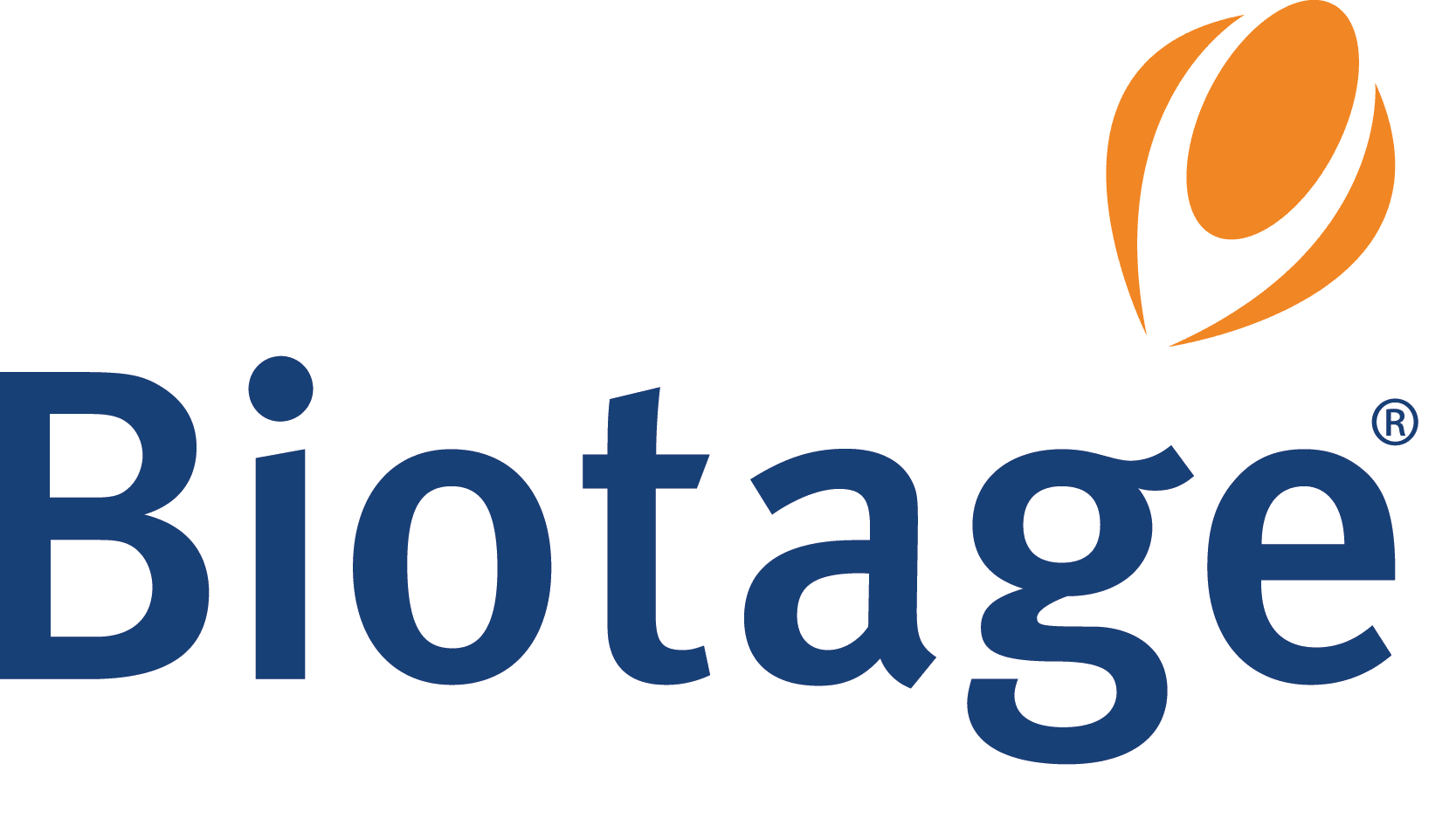Abstract
Citrus oils are widely used in consumer products. Contamination with pesticides is of particular concern because the citrus oils are derived from the outer portion of the fruit. GCxGC-TOFMS provides for analysis for many pesticides in citrus oils with minimal sample preparation. This work shows the ability of this technique to sufficiently separate these pesticides from the citrus oil components, to provide confirmation of identity, and to quantify these residues over several orders of magnitude concentration, reaching as low as part-per-billion levels.

Introduction
Citrus oils are traded internationally and are included in products that are traded internationally. These oils are derived from the outer portion of the fruit, as byproducts in the much more economically important production of citrus juices. And, it is the outside of the fruit that is exposed to the pesticides that are applied to protect the citrus crop and trees. The analysis of citrus oils for pesticides has become increasingly important as pesticides that are acceptable in one market may be banned in another. Even in markets where specific pesticides may be allowed, there are increasing restrictions on the permissible levels of pesticides to which humans or animals may be exposed.While the greater portion of citrus oil may be limonene, the other compounds present form a highly complex mixture that includes many natural products. Although injection of the citrus oil directly into a GC would be highly desirable, the complexity of the oil is such that GC-MS analysis for a large number of pesticides at ppb levels is not practical. The higher-boiling compounds in the citrus oils coelute with the pesticides. These compounds are present in significant concentration (relative to pesticide residues) and provide many ions in common with the pesticides, confounding many MS detection and confirmation techniques. Additionally, the loading of some of the citrus oil components on the chromatographic column is sufficiently high that GC retention times may be shifted, again confounding the process of locating and identifying the pesticides.This work demonstrates a GCxGC separation of citrus oil containing pesticides, and subsequent quantification using TOFMS. The first chromatographic separation is a “boiling point” separation, providing a gross separation of the complex mixture. A second separation, using a 50% phenyl phase, separates the more polar or more aromatic pesticides from the bulk of the matrix that coelutes. Compounds coeluting in the first chromatographic separation include sesquiterpines, other hydrocarbons, or derivatives of these such as alcohols, ketones, and other compounds. Even with the extremely high peak capacity provided by GCxGC, individual pesticides still may coelute with other compounds in the mixture. Mass spectral detection is required to obtain distinguishable signals for the pesticides. TOFMS is used to locate, identify, and quantitate the compounds.
Experimental
Unfolded citrus oils (Florida midseason orange oil and California cold-pressed lemon oil) and limonene were obtained from commercial sources. A portion of each oil was spiked to give a solution containing nominally 1000 PPB (w/v) of each pesticide. Portions of the spiked oil were mixed with unspiked oil to obtain desired concentrations. A 200 μL portion of the spiked oil was placed in a GC vial insert and 20 μL of a 20 ng/uL solution of 2-fluorobiphenyl was added as an internal standard. The sample was mixed by drawing it into a Pasteur pipette and expelling it into the insert several times.Calibration curves were generated from pesticides spiked into limonene at concentrations of 10 to 1000 ppb to demonstrate linearity of pesticide response in an uncontaminated matrix. The citrus oils were run spiked at 100 ppb, 25 ppb, and unspiked. The 25 ppb spiked sample was run at least five times to show relative standard deviations (RSDs) at this level of spike. Where pesticides were observed in the unspiked oils, the background concentration was determined by using the added spikes as standard additions.Analyses were performed on a LECO Pegasus 4D GCxGCTOFMS system under the following analytical conditions.





